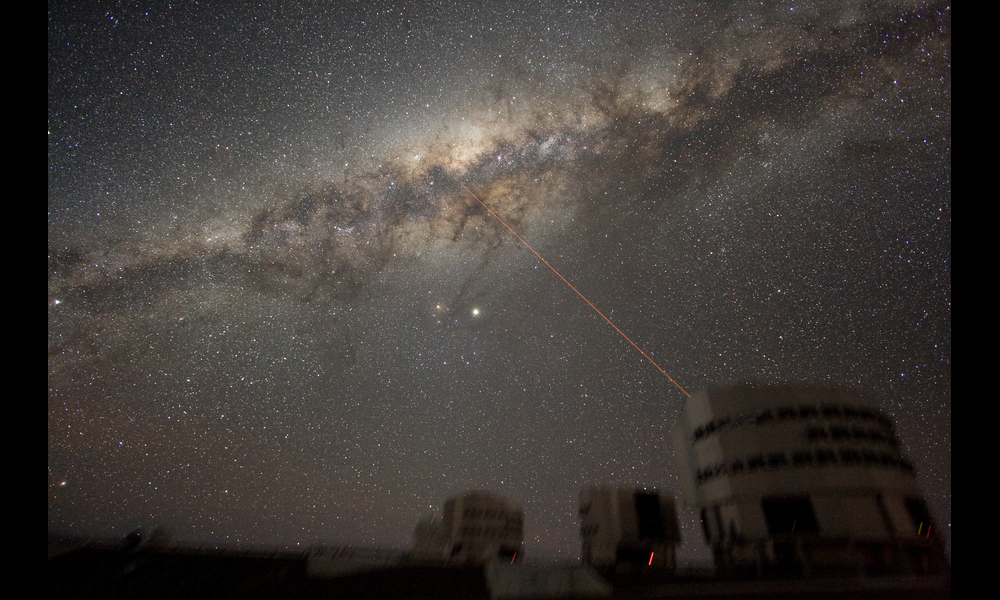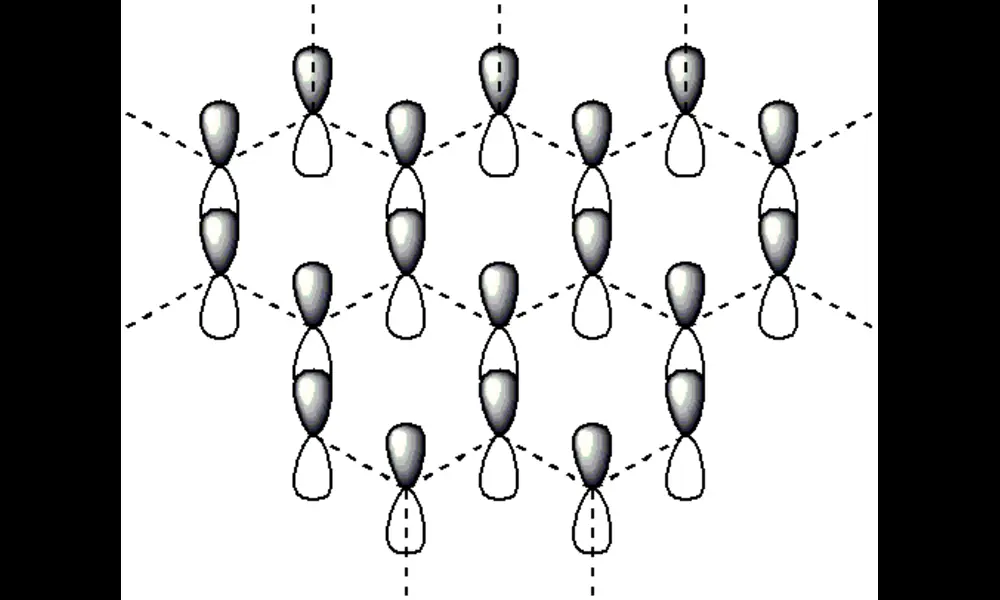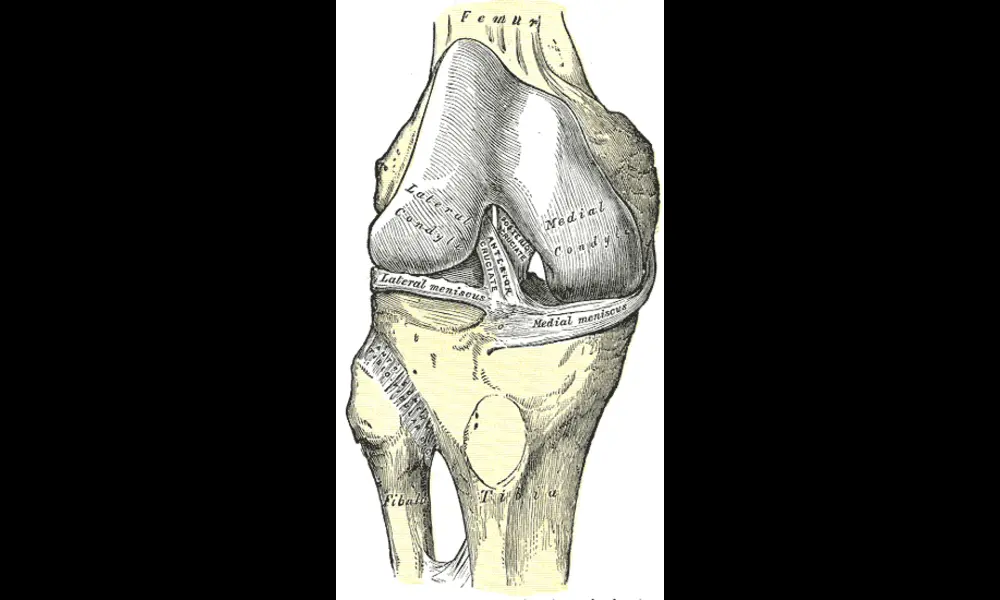NE2001p: Milky Way Galactic Electron Density Model Rewritten In Python
Published on Mon Feb 05 2024 File:ESO-VLT-Laser-phot-33a-07.jpg | Nikthestunned on Wikimedia
File:ESO-VLT-Laser-phot-33a-07.jpg | Nikthestunned on Wikimedia
In a new stride towards enhancing our understanding of the galaxy, researchers have introduced NE2001p, a Python-based version of the extensively utilized NE2001 model, which illumines the structure of the Milky Way's ionized interstellar medium. This advancement, detailed in a recent publication by Stella Koch Ocker and James M. Cordes, is not just a mere translation of the original Fortran code into Python but a thoughtful optimization for Python's computational architecture. By retaining the model parameters of its predecessor, NE2001p promises to revolutionize how astronomers predict distances to various cosmic radio sources, such as pulsars and fast radio bursts, with an impressive level of accuracy and efficiency. Embedded within this innovative tool is the potential to significantly broaden user access and facilitate future enhancements to model accuracy, making it an invaluable resource for the astronomical community and a stepping stone to more advanced galactic exploration.
The NE2001 model has been a cornerstone in the study of the Milky Way, allowing scientists to map the dispersion and scattering of compact radio sources and thus measure distances with remarkable precision. However, its Fortran foundation posed accessibility and compatibility challenges in an era dominated by Python in scientific computing. With the introduction of NE2001p, these barriers are dismantled. The Python implementation offers <1% numerical discrepancy from the original model, a testament to the meticulous effort to conserve the integrity of NE2001 while embracing the versatility and widespread use of Python.
The significance of NE2001p extends beyond its technical specifications. This model is a crucial instrument for astronomers aiming to unravel the complexities of the galaxy's ionized structure. It stands on the precipice of a new era in galactic modeling, with imminent updates set to refine its accuracy further. These enhancements are poised to incorporate emerging research and observations into the model's framework, thereby sharpening our view of the galaxy's electron density landscape. This progress is particularly timely, given the continuous stream of precise pulsar distance measurements and the expanding catalogue of cosmic phenomena accessible to modern telescopes.
As we stand at the dawn of this new chapter in astrophysical research, NE2001p not only offers a glimpse into the future of galactic exploration but also embodies the spirit of open-source collaboration. Available on the Python Package Index, it invites astronomers worldwide to partake in its continued development. The upcoming updates, leveraging continued research, underscore the model's potential to evolve and adapt alongside our deepening understanding of the cosmos.
You can find their Python package here: 



